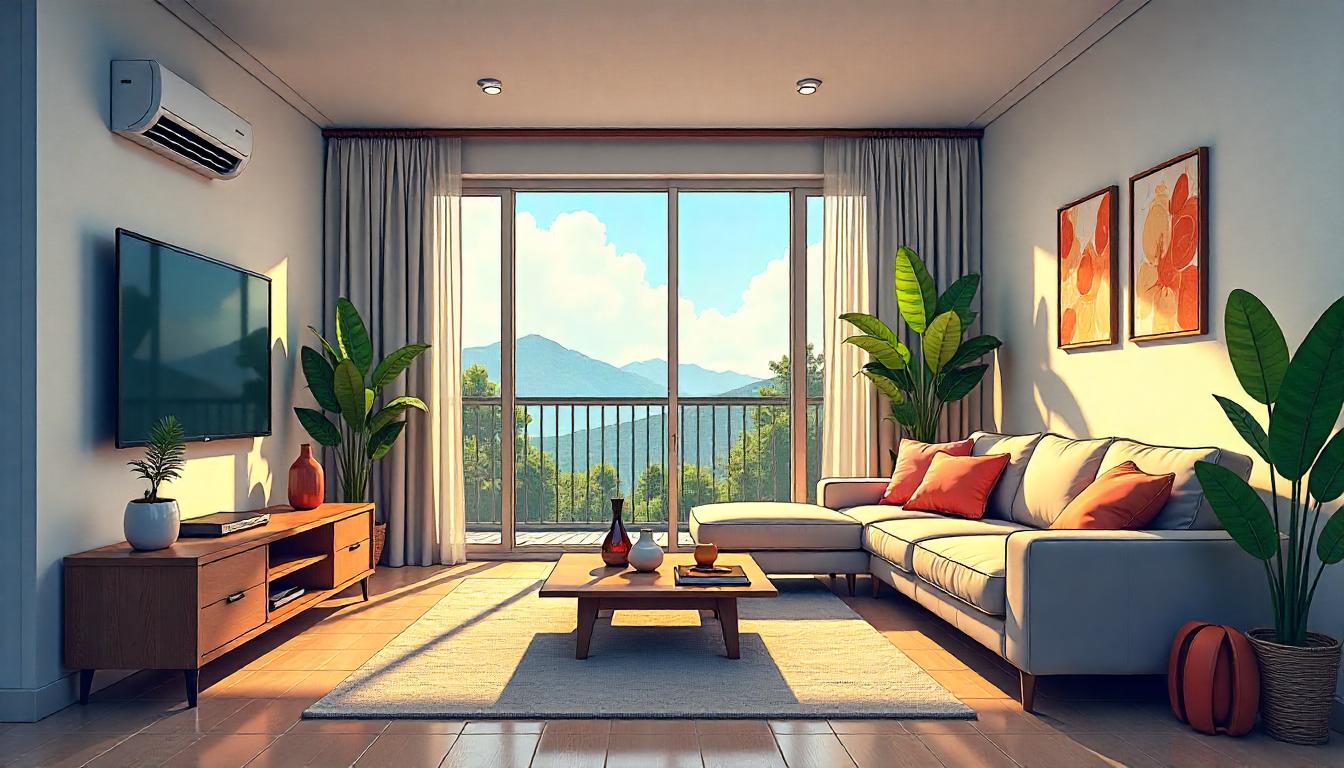
Butcher block benchtops give kitchens a charming country farmhouse feel. Not only that, they’re one of the most affordable benchtop options available. But before you choose them for your next kitchen renovation ideas, you need to carefully consider if they’re the right for your home.
In this guide, we’ll share the pros and cons of butcher block benchtops. We’ll also share some tips on maintaining them.
What is a butcher block benchtop?
Butcher block benchtops are made of individual wooden strips joined together to form a block. Because of their warm and rich wood tones, they’re the perfect addition to rustic kitchens.
Butcher block benchtops are named as such because they were once commonly found in meat processing plants and butcher shops. In modern times, however, it’s easy to find homes with wood block surfaces.
What are the advantages of butcher block?
They’re cost-effective
The number one benefit of butcher block benchtops is the price. Butcher block benchtops are cheaper than other options like soapstone, stainless steel, concrete, and marble. Installation costs are also lower because cutting the material is easier compared to slicing harder materials like quartz.
Due to the reasonable price of butcher blocks, they can significantly lower the cost of adding counter space in a large kitchen. This is perfect for you if you’re building a kitchen with an L-shape, U-shape, or galley layout. It’s also a great idea to use butcher block if you’re adding a peninsula or an island.
They’re easy to clean
Butcher block benchtops can be cleaned easily using regular household cleaners like dish soap. You can also clean it using a simple vinegar and water mixture. These cleaning products cannot be used for other types of benchtop materials like quartz.
They come in a variety of designs
The appearance of your butcher block benchtops will vary depending on the wood species you choose. If you want dark and durable benchtops, you can pick classic hardwoods like oak and cherry. Meanwhile, if you want a lighter, water-resistant benchtop, pick teak. Bamboo is also a great sustainable option and has a gorgeous light wood colour.
Here are other wood species that would work well for butcher block benchtops:
- Alder
- Ash
- Beech
- Birch
- Maple
- Pine
- Walnut
- White oak
Aside from the wood species, you can pick from a variety of wood grains. Long, lean strips can make your butcher block feel more elongated, creating the illusion of a larger space. Meanwhile, wood grain that resembles checkerboards gives your kitchen a distinctive character.
They can last long
As long as you clean and maintain your butcher block benchtops as recommended by the supplier, they can last for two decades or more. That’s longer than the typical lifespan of other inexpensive benchtop options like laminate. This lifespan also puts butcher block benchtops on par with granite.
They can be an eco-friendly option
Nowadays, it’s easy to find butcher block benchtops made out of reclaimed wood. These are wooden pieces that were taken from older or existing houses, and then refinished and resealed. If you’re environmentally conscious and want your kitchen renovation to have as little impact on the environment as possible, then reclaimed wood benchtops are an excellent choice.
What are the drawbacks of butcher block?
They’re more prone to damage
Butcher block benchtops can get scratched or dented by knives and other sharp objects. Plus, it can burn or crack if it comes in direct contact with hot pots and pans.
Thankfully, you can solve these issues easily by using a regular chopping board when preparing food. Make sure to use coasters and trivets so that the material doesn’t get water rings and burn marks.
They must be sealed
Since butcher block benchtops are made of wood, they must be sealed immediately following installation and every month afterwards. This is so that moisture will not penetrate and accumulate inside the wood.
If your butcher block benchtop becomes moist, it can stain or warp. Not to mention, it can become an environment where mould and germs can grow.
They’re sensitive to temperature fluctuations
Wood can expand in summer and contract in winter. If you don’t leave enough room for these changes, your benchtop can warp or crack.
Ask a draftsman to create detailed drawings of your kitchen renovation plans. That way, they can instruct the builder to provide an allowance for the changes in the benchtop material’s size. They need to be especially careful when installing the butcher block benchtops between two walls.
They must be refinished
Butcher block benchtops must be refinished every few years to get rid of unsightly nicks and scratches. To do this, you need to sand them down using fine-grit sandpaper. Then, reoil the surface using mineral oil.
They may collect dust
Butcher block benchtops can collect more visible dust compared to those made out of stone. This is especially true if your benchtop already has several dings and nicks.
Make the right choices for your kitchen renovation
Butcher block benchtops can be the key to creating a warm, inviting, and elegant farmhouse kitchen. They’re cheaper compared to natural stone options, making them ideal if you want to add plenty of counter space. They can also last for decades with proper care and maintenance.




